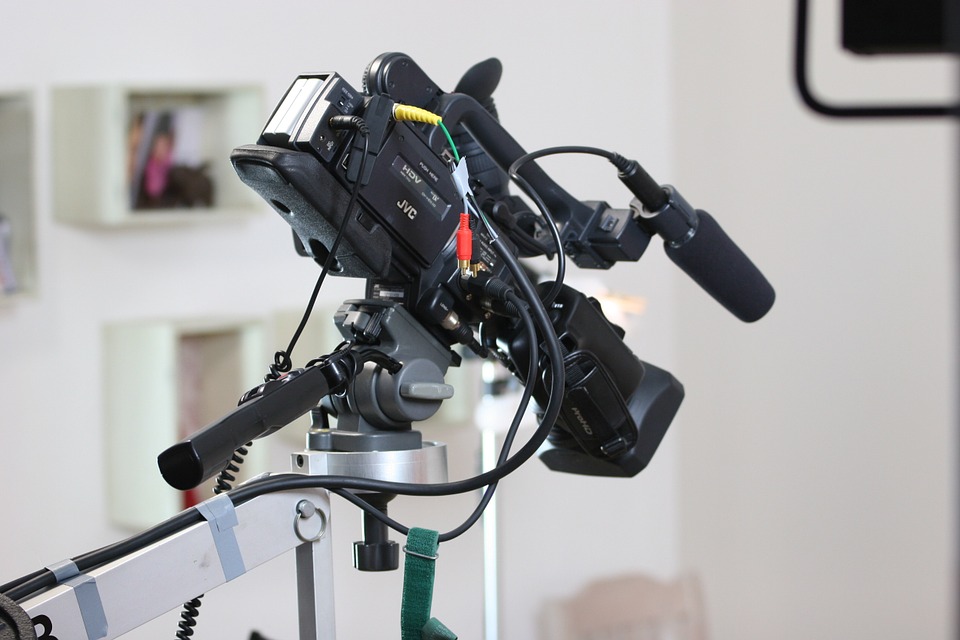
Color grading refers to the art of manipulating colors in the film to achieve emotional impact along with a special visual impact. It's just like painting the film with colors to make it come alive. Color grading software involves 3 key concepts ie. Highlights, Shadows, Midtone, Hue, Saturation, and Luminance. This blog will delve deeper into the basics of color grading and try to understand the concepts related to it.
What Is Cinematic Color Grading?
Cinematic color grading means changing the colors to create a special look and make people feel a certain way when they watch. It's more than just fixing colors, it's about making the mood right, telling the story with feelings, and adding a level of consistency to the movie to keep the audience hooked.
Understanding The Basics Of Cinematic Color Grading
Color grading has the capacity to transform your videos from ordinary to extraordinary. It involves adding depth, a professional touch, and a pinch of style to your videos. So let's move on to discuss the 6 steps on how to color grade effectively.
1. Prepare Your Footage
Preparing your footage is just like cleaning a canvas before you start to paint. You have to ensure that your image should be properly exposed and well-built. Still, if any basic color correction is required then you can use tools to address any unwanted color casts and white balance issues.
2. Set Your Look
After preparing the canvas you have to figure out what theme you want to give, try browsing Google (News - Alert) for any inspiration. There are plenty of looks you can opt for including complementary color schemes, analogous color schemes, triadic color schemes, split complementary color schemes, and tetradic color schemes.
3. Lift, Balance, and Gain
Imagine adjusting the basic contrast of your video. "Lift" changes the shadows, “Balance” fixes the mid-tones, and "Gain" controls the highlights. You have to employ these adjustments to produce an attractive contrast and draw out the details in your footage.
4. Refine The Colors
Now this is the jest of cinematic color grading, use color wheels or curves to fine-tune specific colors. For instance, if you want to make the greens more vibrant? Adjust the green hue and saturation. Are you feeling the blues are a bit dull? Play with their settings to achieve the desired effect.
5. Selective Color Grading
Sometimes, you might want to focus on specific areas of the frame. Here's where masks come in. You can create masks to isolate objects or areas and adjust their colors independently. This adds depth and draws the viewer's attention to certain elements.
6. Apply Looks And Sharpen (News - Alert) The Footage
Many editing programs offer pre-made color looks (LUTs) that can be a great starting point. Experiment with different LUTs to see what complements your footage. Finally, use sharpening tools to enhance details and create a crisp, professional look.
Best Practices And Tips For Cinematic Color Grading
If you are looking for a captivating cinematic experience follow these color grading guidelines: Begin by adjusting your monitor for accurate color representation. Plan your color grading in advance, depending on the desired mood and style. Start with basic adjustments like white balance and exposure to establish a strong base.
Avoid making extreme adjustments, subtle changes are often preferable. Maintain a consistent color scheme across your project for a cohesive visual experience. Take regular breaks to prevent eye strain and color fatigue. Lastly, collaborate with your director or client to ensure the final grade matches their vision. By adhering to these suggestions, you'll be on your way to crafting polished, cinematic color grades.
What Is The Most Desired Color Grading For A Cinematic Look?
In many blockbusters, you'll often see a cool color mix called "teal and orange." It's super desirable to the eyes because these colors pop when they're together and make the movie look more natural and captivating. They use blues and teals for the darker parts to give them depth and a cool vibe. Then, they add oranges and yellows for the brighter bits to make them warm and lively. This color combo not only makes the movie look phenomenal but also sets the mood and vibe just right.
Wrapping Up
To sum up, cinematic color grading is more than just making your movie look fascinating. It's like its own way of telling a story, where you can control how people feel while they watch. If you understand how color grading works, you can give your movie a unique style, create different moods, keep everything looking the same throughout, and make your project seem professional.
With practice and paying attention to the smallest of details you can level up your color-grading game and connect with people emotionally. So, fire up your editing software, let your imagination run wild, and dive into the world of color grading! Just remember, the main thing is to tell your story well, and color grading is a powerful tool to help you do that by conveying the right emotions.
